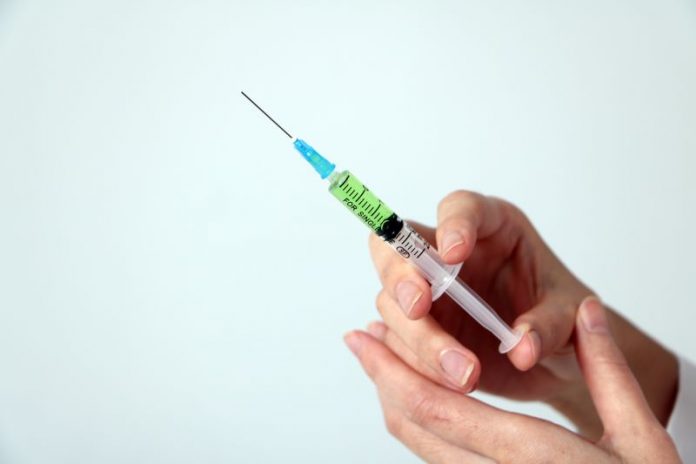Types of contraception to use to avoid pregnancy
Getting frisky doesn’t have to be a risky affair. There are different type of contraceptives that one can use to avoid being in an uncalled for situation.
Contraception can be used to prevent early or unplanned pregnancy and some can also prevent STI contraction.
You might be asking yourself what contraception options are good for you and which methods can prevent STIs. There are a lot of contraception methods the question is what suites you?
Here are some of the answers to those questions.
Condoms
The condom is the only method that prevents both pregnancy and STIs. Condoms are also hormones free so anyone can use them.
Compared to the other methods, they are affordable and can be easily accessed when there is demand for them.
Pros include: It’s the best protection against STIs; can be used on demand; hormone free.
Cons include: It can tear or come off during sex if not used properly; some people are allergic to latex condoms.
Oral contraceptive pill
These are small pills that are taken ones per day. The pills vary as there are pills that contain both oestrogen and progestin hormones while others just contain a single hormone. So the user has to know what works best for them.
Pros of taking the pill include: Highly effective when used correctly; permits sexual spontaneity and doesn’t interrupt sex; some pills may even reduce heavy and painful periods and/or may have a positive effect on acne.
Cons include: Forgetting to take your pill means it won’t be as effective; it can only be used by women; is not suitable for women who can’t take oestrogen-containing contraception; it does not protect against STIs.
Intrauterine Device
It is a small T-Shaped device that is fitted into the woman’s uterus by a medical practitioner. the device contains hormone progesterone and it can either be made of a plastic or copper.
This method is long lasting and its reversible. It can last up to 10years so this will depend on the user, like for how long do they want to have it.
Cons include: Irregular bleeding and spotting occurs in the first six months of use; requires a trained healthcare provider for insertion and removal; does not protect against STIs.
Contraceptive implant
This is a small device that is inserted under the skin on a woman’s upper hand surgically. The device releases the progesterone hormone, hence helps protect the woman from pregnancy. The implant can only last for 3 years after which, it must be removed.
Pros of the implant include: Highly effective; doesn’t interrupt sex; is a long-lasting, reversible contraceptive option.
Cons include: Requires a trained healthcare provider for insertion and removal; sometimes there can be irregular bleeding initially; does not protect against STIs.
Contraceptive injection
The injection contains the synthetic version of hormone progestin. The injection lasts for 3months and its given on the woman’s upper hand and the buttocks.
Pros: The injection lasts for up to three months; is very effective; permits sexual spontaneity and doesn’t interrupt sex.
Cons: The injection may cause disrupted periods or irregular bleeding; it requires keeping track of the number of months used; it does not protect against STIs.
Emergency pill (Morning after pill)
This is a pill that is usually taken for emergency purpose like if a woman has been raped or a condom probably did burst.
The pill can be taken 5days after unprotected sex but it is more effective when taken within the first 72hours.
Cons:The common side effects of the emergency contraceptive include nausea, vomiting and the next period may be early or delayed. Emergency contraception does not protect against STIs.

Do you have any news or article you would like us to publish? Kindly reach us via outreach@t4d.co.ke or howtodoafrica@gmail.com.




















